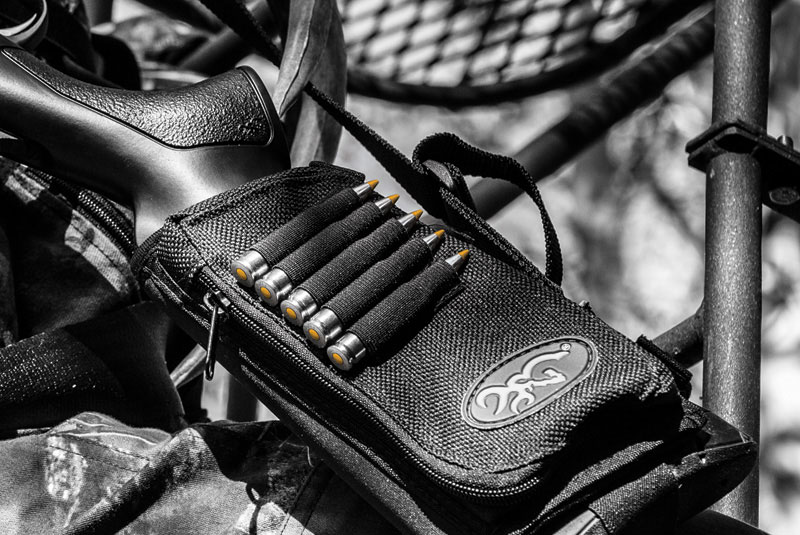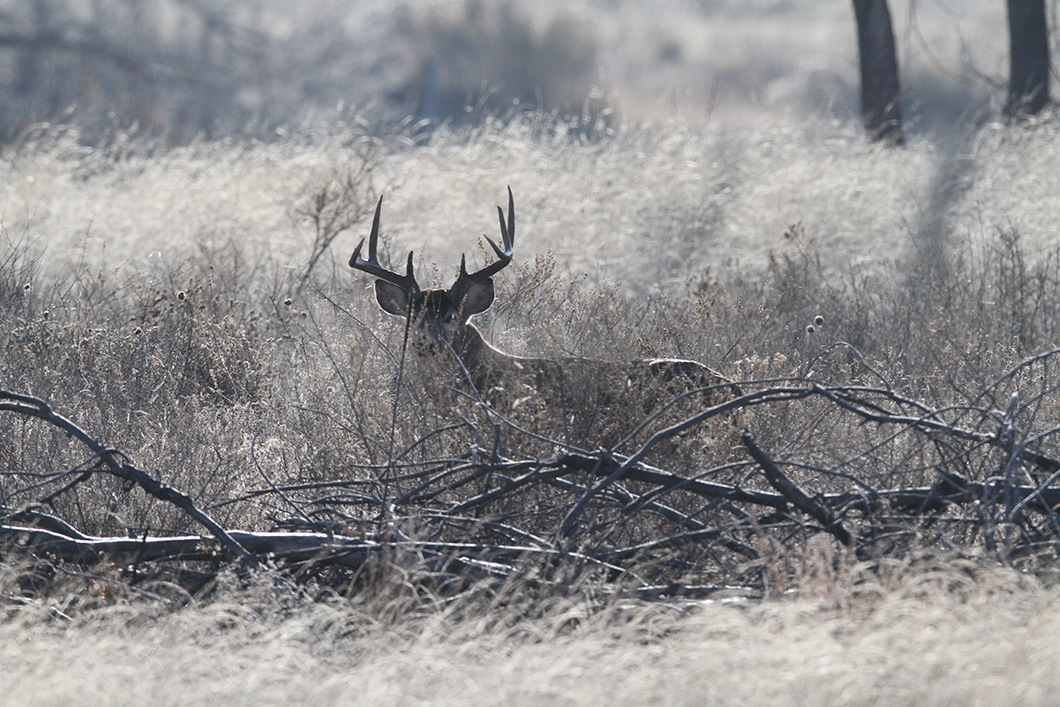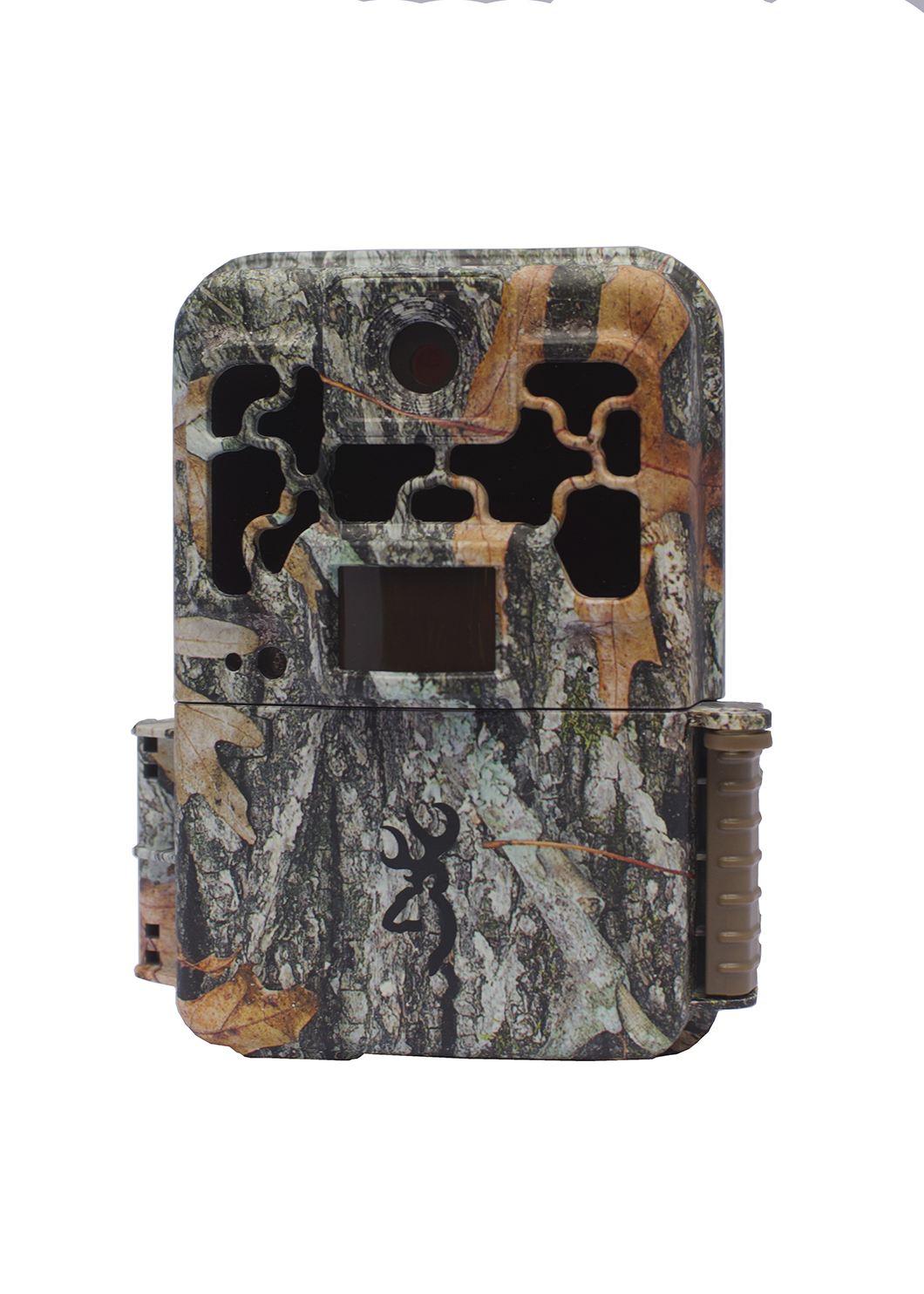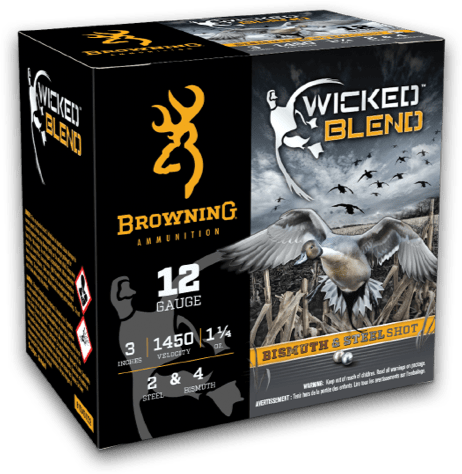No “Fall Clearance” for Whitetails
The rut is not the red-tag sale of deer hunting–for two weeks only! It edges in, builds to a crescendo, cools down, rises again, perhaps a little less energetically, declines, maybe starts up once more, and then mostly dwindles away. Does who have not been successfully bred can experience estrus a number of times, and mature bucks may continue to track them until the hormonal levels, of both male and female, return to normal.

Though shopping continues, in large parts of whitetail range the stores are closing; and hunters may need to begin to think about new bargain opportunities (OK, enough of the metaphors!). First, though, don’t jettison everything you’ve being doing during the rut, even if it has not yet produced a buck. This may be an even better time for older bucks who have learned that receptive does are still out and about. So don’t totally abandon those tactics and strategies you used in the rut.

Post rut is certainly when you take out all the stops; so if you haven’t been doing so, this is the time to break out the trail camera. Food will become even more important in the post rut. Pregnant does will have to pack in the calories for the winter, and the less-mature bucks will need to eat to regain the strength and pounds they lost in acting young and foolish. The big deer will stretch things out as long as there is the slimmest hope of a tryst; but they will finally have to eat, as well, with the added benefit being that they may run across does that are cycling (don’t bother looking for bicycles in the woods). Post rut, the most-wanted food will have the most-concentrated nutrition. Any remaining green feed will be a hit, as will fields of harvested corn, soybeans, wheat, and oats. Even root crops, such as turnips, if deer can find them to dig up, are going to pull them in, and of course, any place where acorns are still lying on the ground. A hunter wants to place his tree-stand where he can watch these areas.

During the rut there may have been more activity out in the open, with bucks fighting each other and chasing does; but come the post rut, cover will be key to the whereabouts of deer. Now is when you want to keep an eye on draws, ridges above thickets and bedding areas, and choke points that deer are likely to funnel through. Cover won’t be used just for concealment, but for protection against increasingly colder temperatures, so consider that as you’re surveying an area. Figure the direction prevailing winds will be coming from and think like a buck. They, bucks, will be hunting just a little more desperately for the scent of those last few does in estrus; and using the wind to bring that scent to them. So at this time of year, stands that are blocked from the wind probably won’t have as much activity around them as ones with a good breeze for bucks to sample, zephyrs now your friend.
Post-rut bucks are going to display a variety of behaviors, unlike the single-mindedness of bucks in the rut. Which means you may encounter unpredictable shooting conditions. A lot of hunters think that lower-power optics are the best choice for deep-cover hunting. But by the late season, the trees are likely to be bare, so a hunter probably won’t have to be glassing or using his scope through curtains of leaves, but tangles of branches; and a larger binocular, say an 8×42 or 10×42, can prove valuable in sorting out limbs from antler tines. Same with scopes: a good-quality variable that can give you sharp resolution from 3x to 9x will work well in any cover, if you set it at about 6x and don’t fiddle with it. In low-light evenings, or for close-up deer, you can think about turning it down to lower power; or if you are faced with a long-range shot, then you can dial it up. But always return it to 6x, so you know where it is set the next time you head out. You will be surprised how versatile a scope can be at 6x.
Same with calibers. Many whitetail hunters think of the 30-30 as an ultimate woods rifle, and it’s hard to argue with over a hundred years of success. And while a “brush buster” is pretty much a myth (A–we don’t have any business shooting through brush to begin with; and B–it takes very little to deflect almost any deer caliber off its target), heavier and faster seems better all around. The Browning BXS 30-06 loads, for range and power, are certainly going to outperform 30-30s through an assortment of circumstances.
The peak of the rut may be only a memory by now for some whitetails and whitetail hunters, but there are still the big ones out there to be found by the careful shopper.
Follow Browning Ammunition’s social media channels for more hunting and shooting tips and updates on Browning Ammunition supported events and promotions on Facebook, You Tube, Instagram and Twitter.



